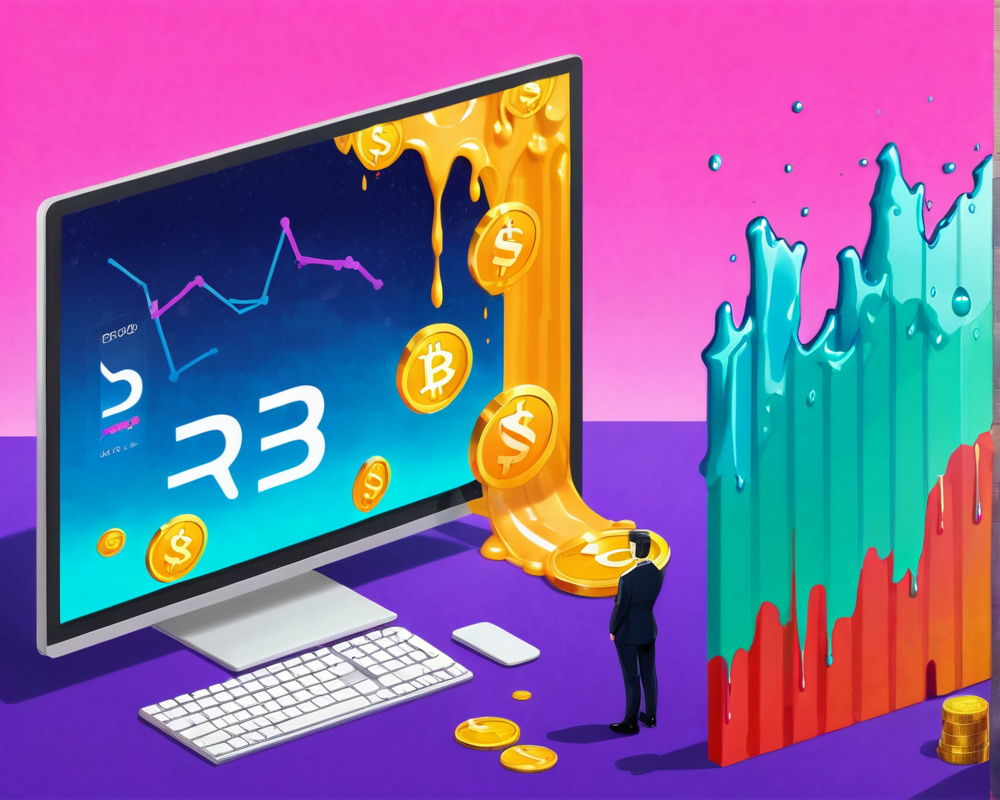Understanding Decentralized Autonomous Organizations (DAOs)
The crypto landscape is buzzing with the promise of Decentralized Autonomous Organizations (DAOs). Think of DAOs as the benevolent cousins of traditional corporations, allowing members to take control of decisions that affect the community. They’re transparent and free from the whims of a select few, or at least that’s the plan. But just like a free buffet, where the early birds might get the biggest slices, DAOs can fall prey to the whims of the so-called ‘whales’—individuals or entities hoarding the most tokens.
The Wolf Among Us: Risks in the DAO Democracy
The crux of any democracy, including that of a DAO, is that major decision-makers can disproportionately influence outcomes. Picture it as “two wolves and a sheep deciding what’s for dinner”; guess who ends up on the plate? It’s vital to recognize that a few powerful members can tip the scales, potentially overriding the collective voice of smaller participants. This manipulation risk needs to be front and center for anyone involved in the crypto world.
Five Strategies to Secure DAOs from Manipulation
-
1. Discuss the Risks Openly
Engagement is key. DAO leaders should initiate conversations with their communities regarding potential vulnerabilities. A problem shared is a problem halved, right? Founders must also prepare contingency plans for crises. Remember, a smaller DAO may mean lots of voices, but just a few individuals might hold the actual power.
-
2. Issue NFTs for Individual Verification
Why not issue non-fungible tokens (NFTs) to members? By distributing NFTs, DAOs can enforce verified individual identities, diminishing the ability for a small group of whales to consolidate votes. This unique identifier approach enhances voting integrity and fosters a more balanced community.
-
3. Align Long-term Incentives
Introducing incentives that promote alignment among different user categories is a must. Bitcoin, the heavyweight of all DAOs, thrives because of its diverse users who share common long-term goals. Proper incentive design can act as a linchpin to prevent manipulation.
-
4. Establish KYC/KYB Processes
Implementing ‘Know Your Customer’ and ‘Know Your Business’ guidelines could be a game-changer. By validating participant identities, DAOs can curtail manipulative voting practices typically executed by anonymous whale wallets. Transparency fuels trust!
-
5. Community Vigilance
It’s not just up to the notable names in crypto; every member has a role to play in safeguarding their DAO. Conduct due diligence on fellow members, and don’t hesitate to flag any mischief-makers. A healthy DAO thrives on mutual respect and accountability.
The Path Forward: A Collaborative Effort
As DAOs continue to evolve, it’s vital for all stakeholders—be they developers, users, or enthusiasts—to unite in addressing the risks of manipulation. The future of decentralized organizations hinges not only on technology but also on the integrity of their governance processes.




